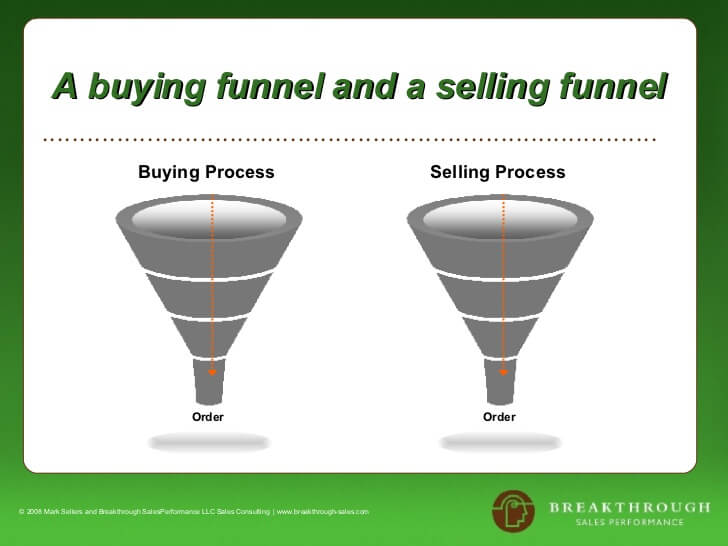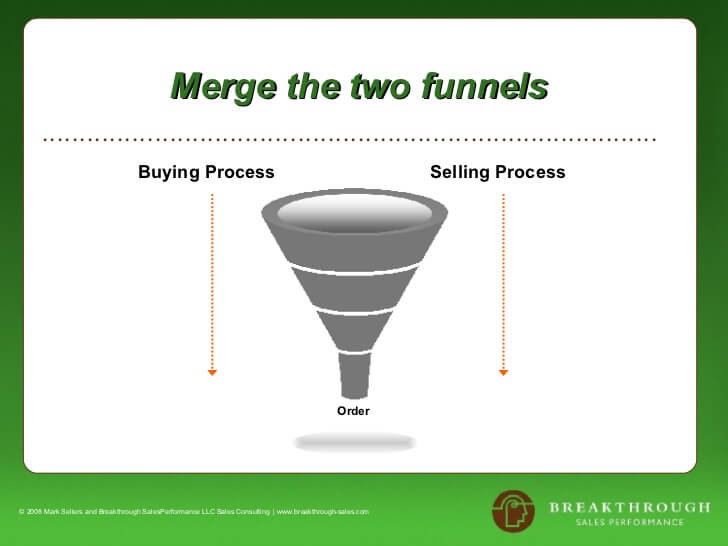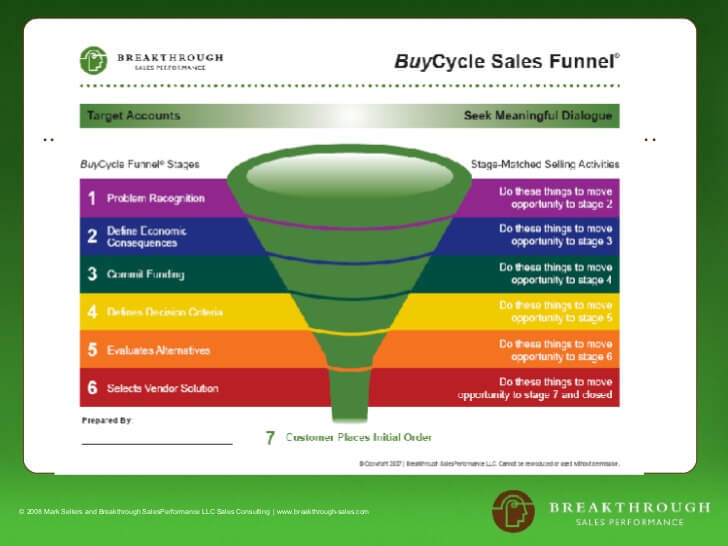Product
Features
column
column
Add-ons
Integrate
Custom Versions
Customers
By Industry
By Role
Success Stories
column
column
Pricing
Resources
Product Support
Education Resources
section
7 min read
The sales pipeline is the backbone to your entire sales process; it’s the system that delivers a consistent feed of qualified opportunities to your team to convert to customers and ultimately, increase the revenue of your company. However, if you’re unsure about the state of your own pipeline or are wondering what exactly are the sales pipeline management best practices you should be following, please, don’t sweat it, you are definitely not alone.
But before we get started there’s one thing we must be clear on, and that’s being able to define a sales pipeline. Many people confuse the terms “sales pipeline” with “sales funnel” yet despite them playing an equally important role in your sales process, there is a subtle difference between the two.
“A sales pipeline is the set of specific actions taken by sales reps to move an opportunity from prospect/lead to a full paying customer”
Whereas:
“A sales funnel is the visual representation of how many opportunities pass from one stage to the next and the rates at which they convert”
You see the slight difference? A funnel looks specifically at the numbers while a pipeline is a more encompassing overview of the actions taken to convert opportunities to clients, and it’s these actions that we are going to focus on today.
One of the biggest mistakes managers and sales teams make is they put the cart before the horse; building their sales pipeline around arbitrary sales processes and not the customer’s thought process, or “buyer’s journey”. But your product or service only exists because of the customer – its driven to solve a unique problem they have. This is why the most effective sales pipelines are customer centric, running side by side the buyer’s journey.
Let’s take a look at Mark Seller’s BuyCycle pipeline model as an example:

A sales pipeline should run simultaneously alongside your buying process

So that you could literally layer the two on top of each other

Sellers breaks the buyer’s journey (now your pipeline) into the seven following stages:
Each stage has a corresponding action to be undertaken by the sales rep. So let’s imagine your client has arrived to stage 5 and are now weighing up their options between different vendors. This would be the right time for your sales rep to send over a quick comparison video/ infographic between you and the leading competitor or maybe demonstrating your solution’s value while coming in within the prospect’s budget.
A traditional sales process on the other hand, one based upon an arbitrary series of sales activities, may guide the sales rep into sending over a detailed proposal. However, the prospect isn’t ready for that. In their minds they’re still looking at different vendors and expect you to demonstrate your value in order to aid them with their choice.
The benefits of this new approach are twofold then:
It’s important to remember that these stages are completely flexible and can obviously be changed depending upon your specific customer journey.
Another one of the sales pipeline best practices is to break down, analyze and refine it with quality data analysis. For example, a detailed analysis of your sales funnel may show an 80% conversion rate between stages 5-6, but a sharp drop off to 36% between stages 6 and and a final purchase decision.
Now that you’ve isolated the issue you can take a close look at the specific actions being undertaken by your sales team during this phase of the pipeline and see what the problem is. Again, using the example from earlier you may notice that the drop-off coincides after your rep’s send over a sales proposal.
But this is a tricky one. In theory, if they’ve moved to stage 6 logic determines they’re ready to receive that proposal. So what’s the deal? It could be that just because one of your sales team has sent over the proposal it doesn’t necessarily mean that that opportunity can be moved up to the next stage. Because if we think about it:
Perhaps the solution would be to get them to agree to a small commitment; a joint proposal review or at the very least an agreement to discuss it with you at the end of the day. Maybe you could suggest to your reps to commit the prospect to share their results with other important stakeholders in the decision making process. Getting prospects to commit means they have invested capital with you and are ready, on their terms, to be passed down the funnel to making that final purchase decision.
Discovering this blockage and finding the appropriate solution would only be possible after breaking your pipeline into its respective phases and analyzing them, making this one of the most effective sales pipeline management best practices.
Now this might seem overly obvious but you’d me amazed at how many sales teams I’ve worked with that when asked at each specific stage of their pipeline what their role was, found themselves in a right ol’ muddle.
Some thought they should be offering solutions at stage 2, others would suggest stage 3 maybe even stage 4. The point is there was no consistency. Prospects and clients were receiving mixed messages at different stages making any real attempt at managing, let alone alone finding ways to improve the pipeline a logistical nightmare.
To solve this problem you need to get the whole team selling off the same script, so to speak. The easiest way to go about it is when onboarding and training new staff. This way they are going to have a lot clearer vision about why they’re doing what they’re doing and how they are supposed to do it. And just because they understood how the pipeline worked in their previous role doesn’t mean they’ll understand yours.
This logic applies to some of the old timers too as a little refresher wouldn’t go amiss.
It’s also important to remember that your sales pipeline is not a static entity – it should be reviewed, revised and improved over time. Every small change made in it’s improvement, therefore, needs to be effectively communicated to the rest of the team to keep everybody on the same page. Achieve that and you’ll have nailed another of the sales pipeline management best practices.
As a sales manager you’ve likely come across this age-old adage before, thought about it briefly, then shrugged it off again as you went back to doing something more “sales” related that actually contributed towards you hitting your target.
But I beg you to stop and reconsider just how important being aligned with the marketing team is.
Their primary goal is to supply you with good, quality, qualified leads. But if they don’t know what a “good lead” looks like or worse, have a completely different idea to what a makes a perfect “SQL” all due a to lack of communication and understanding between themselves and your sales team, then that’s going to be a real problem, for you.
Good news is it can be fixed by working closely to define the three following points
The other day I was actually watching a movie called Moneyball, maybe you’ve seen it? It had some extremely insightful takeaways regarding usage and interestingly, an uncanny overlap with sales pipeline management and data analysis.
For those that haven’t seen it I’ll give you a quick summary. The protagonist (Brad Pitt) comes up with a new method in picking a baseball team based purely on data, not scouting. Through careful analysis of the numbers he suggested what appeared on the face of it, to be a collection of hasbeens, rookies and an pitcher who couldn’t actually pitch anymore.
But statistically speaking this group of players, on paper, would win him the championship. Forinstance, you may be convinced that everytime a certain player steps up to the plate, he seems to knock it out the park. There’s certain sense of excitement and expectation every time he has a bat in his hand.
However, is it the same story when analyzing the data?
The numbers don’t back-up the fan’s gut feeling; he may hit the odd home run but he swings and misses far more than he ever connects with anything.
This same approach can be applied to your sales pipeline. You may believe that the strategies you’ve employed at each stage work, because history or maybe a gut feeling tell you so. But when actually taking a good look and analyze the data it paints a different picture. Accurate, quality, real-time data is what makes the sales pipeline world go around. With it you are able to make better revenue predictions, more accurate forecasts and shorten the sales cycle length. Without it, your sort of p****** in the wind a little.
So with that said, pay some special attention to the following:
The use of a mobile CRM helps enormously in boosting the amount (and more importantly, accuracy) of sales data. The system’s intuitive interface and easy-to-use, pick up and go design style mean sales rep’s are lot more likely to use it, and the more they use it, the more accurate, real-time data you have access to.